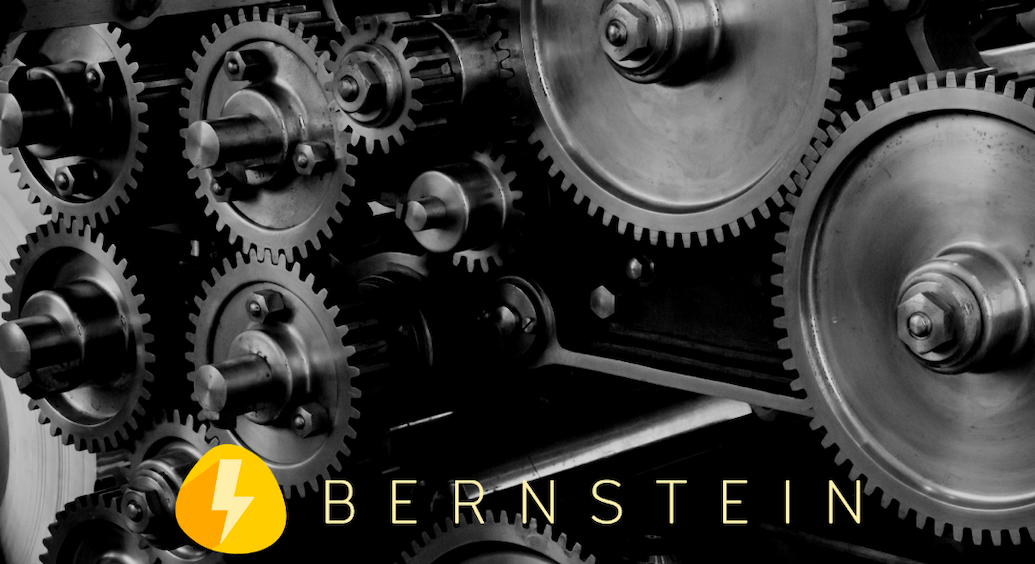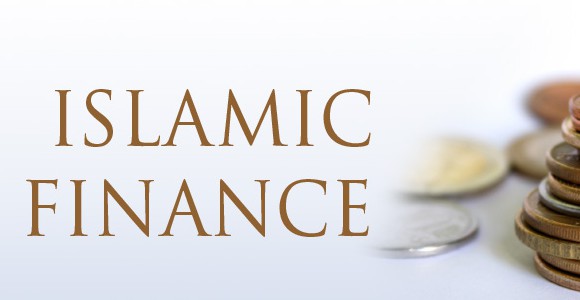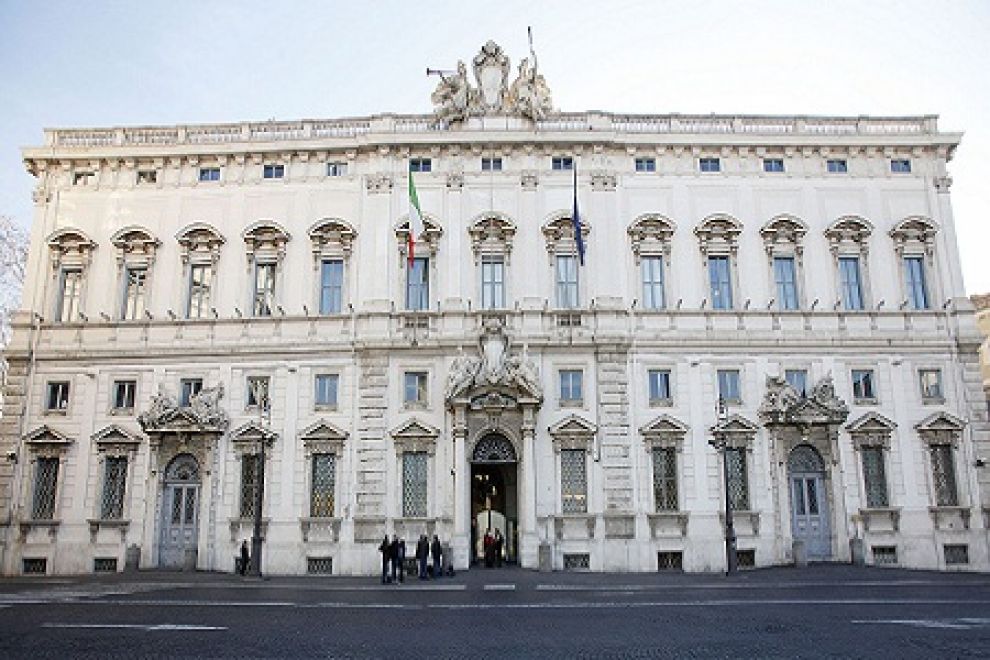Bernstein, blockchain and the future of intellectual property
In one of our most recent articles, we analysed the potential linked to the use of blockchain for the management of IP rights.[1] After having focused on the theoretical benefits and drawbacks in the context of a blockchain-powered management of intellectual property, now time has come to investigate if and how the potential of this technology can be put into practice.
We had the chance to address some of our questions to Marco Barulli, co-founder and managing director of Bernstein.io.[2]
Bernstein is a company based in Munich that is committed to harnessing the blockchain to provide its clients with easy, fast and secure solutions for the management of intellectual property assets.
More specifically, the company issues blockchain certificates proving existence, integrity and ownership for documents, or any other form of digital asset. Files are registered on the blockchain of Bitcoin using the Bernstein’s protocol, which inserts a digital fingerprint of the work in a time stamped record that can be presented in courts to support any claim related to IP assets, or used as a convenient reference in contracts.
By using Bernstein, innovative companies can quickly establish a private trade secret inventory, a measure that is considered a “reasonable step” to maintain confidentiality and will therefore fulfill this requirement under the EU Trade Secrets Directive and equivalent laws. Additionally, Bernstein complements blockchain certificates with digital timestamps issued by several government TSA authorities (EU, China, …).
Thanks to its unique zero-knowledge architecture and browser-based encryption, IP assets notarized on the blockchain will not be shared with any third party, including Bernstein itself, and therefore they will remain perfectly private.
Having created a user-friendly tool that allows innovators to manage the entire lifecycle of their inventions, Marco was perfectly able to answer all our questions, helping us to understand how blockchain will shape the future of intellectual property.
In what blockchain repositories are more effective than other IP registries (e.g. registries managed by national trademark, patent or copyright offices)?
Let’s start with the good news: humankind is innovating faster than ever. And we can see this reflected in the market: 87% of the SP500 market now lies in intangible assets. That’s a stunning 20 trillion of pure intellectual property!
There are many reasons for this exponential creation and exchange of knowledge: the progress of technology, globalization, and increased competitive pressure.
On the other hand, this massive amount of IP is still managed in slow, geographically fragmented and expensive ways. The current IP right system is certainly struggling to keep up with the speed of the digital world, and most innovators are not getting much out of it.
The reality of things is that innovative companies do not manage IP only when applying for a patent or when renewing a trademark. They do so on a daily basis! When entering a partnership, or hiring a new member of the R&D team, or licensing their technology, …
All these activities involve IP assets, and may potentially expose the company to significant risks coming from multiple directions, from unloyal employees to patent trolls. And these risks can create great damages: legal costs, delays in product development, and even put the company out of business.
In this scenario, where the traditional IP right system is offering little options and resources, public blockchains represent a great alternative.
At their core, public blockchains are a new common good, just like meadows and water. Actually better: since they represent both the actual commonly available resource (like water) and the infrastructure (the pipeline) to distribute it.
More specifically, the good achieved by blockchain is a radically new form of public registry, in the sense that it is independent from any central authority and control: everyone can have access to an updated copy of this registry, everyone may add something to this registry, but no one will be able to make changes or delete anything.
And this universal global registry is a perfect tool for creating an indisputable trail of records of all innovation processes (see the WIPO opinion[3]).
Companies will be able to secure and manage their IP assets with unprecedented speed and flexibility, achieving effective IP protection at low effort, low cost. Thanks to the blockchain, companies can create solid foundations to neutralize IP management risks and secure the whole innovation lifecycle: from securing trade secrets to defensive publishing. And this is literally our mission at Bernstein.
Which is the legal status of blockchain certificates around the world and which countries are leading the way in developing a blockchain-powered IP management?
Many countries are explicitly making blockchain records legally admissible. Legislators are moving fast since they need to provide legal support the increasing number of government initiatives that involve the use of some kind of blockchain technology.[4]
China is clearing leading the way in this space, with the recent Supreme Court decision[5] and the first court rulings where Bitcoin certificates have been decisive in copyright infringement cases.[6] In the European Union, the status of blockchain certificates is substantial too, since the recent eIDAS Regulation clearly states that an electronic document cannot be denied legal effect and admissibility as evidence in legal proceedings solely on the grounds that it does not meet the official requirements of a qualified electronic timestamp.[7]
However, from our point of view, the best confirmation of the legal acceptance of blockchain certificates is the growing number of law firms using Bernstein certification solutions.
Does the fact that blockchains, for now, can only store hash functions affect the efficacy of claims against infringements of blockchain-certified materials?
Absolutely not. For decades, hashes have been at the core of all legislations related to digital signatures and digital timestamps. Therefore, they are unquestionably a valid reference of the document itself in all situations.
What is the difference between using the blockchain of Bitcoin or Ethereum, when applied to IP management?
Any public blockchain, that is any decentralized, permissionless, uncensorable and resilient blockchain could be leveraged as a public registry for IP assets.
Bernstein implementation is currently based on the Bitcoin blockchain because of its robustness and security, but Bernstein is designed to be blockchain-agnostic and we’re ready to deploy our registration protocol to other public blockchains as soon as we perceive their additional benefit for our users.
Can Bernstein’s policy on cryptography and security protocols guarantee to its users full compliance with GDPR provisions?
Bernstein is built as a unique “zero-knowledge web application”. This means that all data are locally encrypted in the user browser before reaching Bernstein server. Therefore, Bernstein users are not disclosing their IP assets to any third party, including Bernstein itself.
This architecture combined with the fact the there are no documents or clear text information stored in the blockchain should make compliance with GDPR a no-brainer.
Ten years after the Bitcoin protocol was created, which are the main technical and legal hurdles that still limit the widespread use of the blockchain?
The major reasons are the still limited usability and the questionable user experience offered by most products and services in the blockchain space.
I don’t think that the constant technological evolution or the current legal framework are creating significant frictions. A lack of user-friendliness is.
That’s why we designed Bernstein as a regular web application. Nothing to install, no keys to generate, no need to worry about storage and backups. Bernstein clients do not need a Bitcoin wallet or any other cryptocurrency to use the blockchain as the perfect registry for their IP assets. Ultimately, you can think of Bernstein as an encrypted Dropbox combined with a certification layer: simply drag-and-drop your files and click to get your IP assets certified on the blockchain.
Do you think there will ever be a further evolution on this front? What should we expect from 2019?
I am sure 2019 will be an exciting year for the blockchain. Better fungibility for Bitcoin, non-fungible tokens (NFT) for Ethereum, and hopefully many UI/UX improvements!
What I am really expecting from 2019 are more official confirmations of the legal validity of blockchain records. This will be an obvious consequence of the growing adoption of blockchain certificates both in the intellectual property space and in other fields. This will increase the chances of having courts around the world engaged in proceedings based on blockchain evidence and therefore attract the attention of legislators.
[1] M. Riedo, Blockchain, smart contracts and the management of unregistered IP rights, December 2018, available at https://www.iusinitinere.it/blockchain-smart-contracts-and-the-management-of-unregistered-ip-rights-16344
[3] B. Clark, Blockchain and IP Law: A Match Made in Crypto Heaven?, February 2018, available at https://www.wipo.int/wipo_magazine/en/2018/01/article_0005.html
[4]M. Barulli, Legal acceptance of blockchain records, June 2017, available at https://www.bernstein.io/blog/2017/6/14/legal-acceptance-of-blockchain-records
[5] N. Reiff, Chinese Supreme Court will allow for Blockchain-authenticated evidence, September 2018, available at https://www.investopedia.com/news/chinese-supreme-court-will-allow-blockchainauthenticated-evidence/
[6] Dr. R. Brunner, Chinese Court is first to accept blockchain as means of evidence, July 2018, available at http://blog.dennemeyer.com/chinese-court-is-first-to-accept-blockchain-as-means-of-evidence
[7] T. Verbiest, Registration on a public blockchain, a legally binding proof?, October 2018, available at
Classe 1996, frequenta l’ultimo anno di Giurisprudenza presso l’Alma Mater Studiorum-Università di Bologna. Da tempo interessata al rapporto fra diritto e nuove tecnologie e desiderosa di approfondire questa tematica con un periodo di studio all’estero, ha deciso di trascorrere un semestre di exchange in Australia. Qui ha frequentato la UTS: University of Technology Sydney, dove ha seguito corsi inerenti a materie quali proprietà intellettuale, informatica e innovazione imprenditoriale.
Attualmente si trova in Estonia, dove collabora con il ruolo di Research Trainee presso l’IT Law Programme dell’Università di Tartu.
Nel febbraio 2017 ha iniziato a collaborare con ELSA Bologna (the European Law Students’s Association) per poi assumere la guida dell’area Attività Accademiche in qualità di Vicepresidente e, infine, arrivare a ricopre il ruolo di Presidente.
È Senior Associate Editor della University of Bologna Law Review, realtà con la quale collabora dal 2016.




